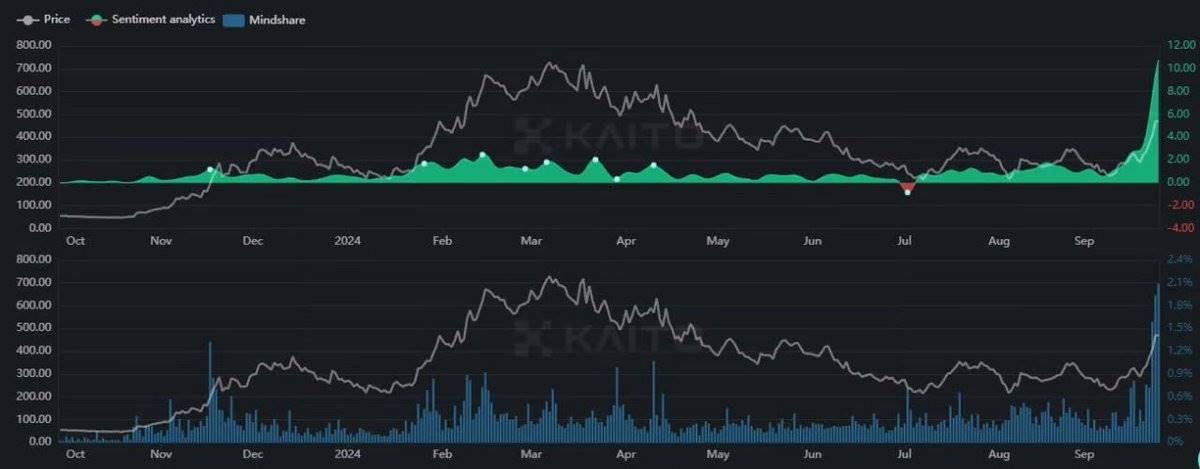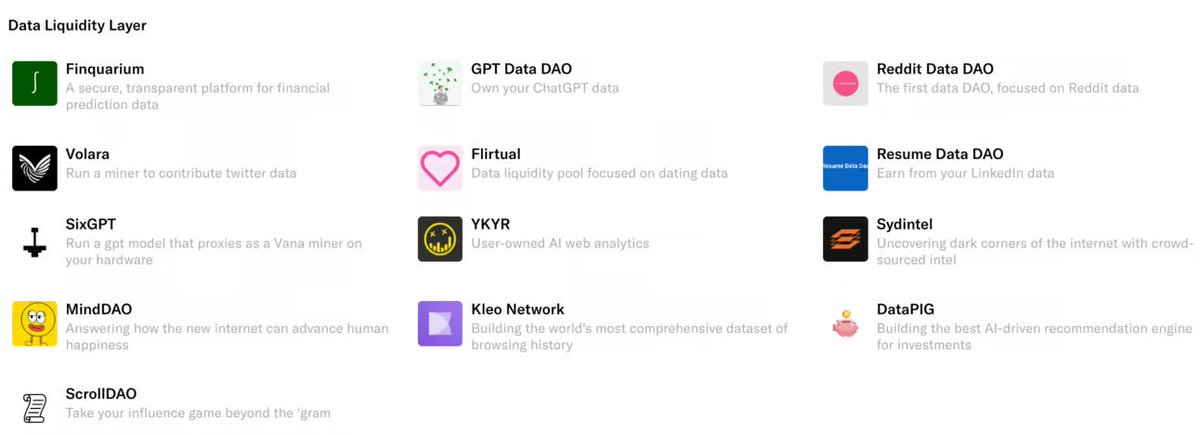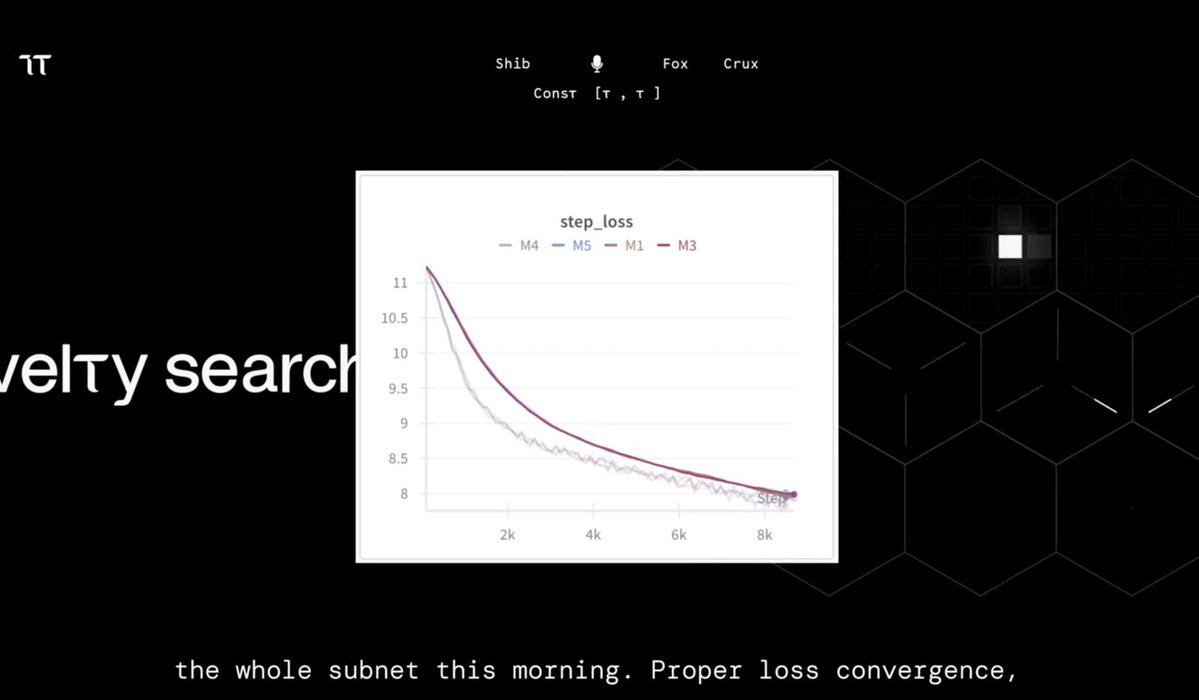Author: brody
TechFlow by: TechFlow
On the surface, “cryptocurrency and artificial intelligence” seems like a forced marriage.
Yet, within these asymmetries lie potential opportunities, with the risk-reward ratio seemingly heavily skewed to the upside. That’s why it’s worth taking the time to think deeply about them.
I’m often asked what I think about the convergence of cryptocurrency and AI, which led me to develop this simple framework:
In what ways does blockchain introduce new advantages to AI applications?
Which components of the AI technology stack are optimized by decentralized protocols?
In what ways do open source decentralized AI applications achieve comparable performance to their closed source competitors?
Looking at the big picture, here are a few key areas I focused on in response to these questions:
In what ways does blockchain unlock new advantages for AI development?
Coordination layer: These protocols are designed to coordinate AI/ML developers to collectively create “intelligence” by providing their models and resources in exchange for rewards, which are usually based on the value of the intelligence produced.
This is why I’m so enthusiastic about Bittensor. It’s achieving this at scale (currently 48 subnets and expanding), has a deep talent moat, and a passionate community of token holders that very few ecosystems can emulate.
On the other hand, teams such as Sentient, Allora, and Nous Research are also working on similar initiatives, although their protocol designs and directions are different.
Incentive alignment is one of the core reasons why blockchain can work effectively in its final stage, and this application is fundamental to supporting open source AI development.
People are gradually realizing this.

Which components of the AI technology stack are optimized by decentralized protocols?
Data: Access to high-quality, validated, and robust datasets is critical to AI, but it remains a huge bottleneck. Optimization in the data collection process will drive us to break through the “data barrier.”
A couple of teams we’re following closely are Grass and Vana, both of which are creating new efficient and optimized data collection mechanisms through incentives and ownership.
In short, Vana enables data DAOs (decentralized autonomous organizations), allowing users to contribute to unique datasets and receive rewards based on the demand for specific data by AI developers.
In this space, several methodologies are being tested, all of which are objectively superior to their Web 2 counterparts.
Data DAO Example

In what ways do open-source decentralized AI applications compare favorably to their closed-source counterparts?
Distributed Model Training: AI model training is a resource-intensive process that involves feeding large datasets through a neural network to train the model to complete a specific task. Until a month ago, it was considered extremely impossible to do this process in a distributed manner.
Thanks to pioneers like Nous Research (DisTrO) and Prime Intellect (DiLoCo), breakthroughs in open source and decentralized AI are accelerating in terms of distributed model training, reaching performance parity with closed-source alternatives.
It’s exciting to see these foundational breakthroughs in open source decentralized AI because it fully demonstrates that it’s wrong to view this field as an arranged marriage that relies solely on hype.
DisTrO was deployed on the Bittensor subnet during last week's Novelty Search campaign.

There’s a saying that goes, “If they’re not FUDing you, you’re not building anything worth FUDing.” We think that applies to this space.
After all, we accept that FUD (Fear, Uncertainty and Doubt) exists. This allows us to take a step back and build stronger frameworks and assessments to deal with these seemingly complex and difficult to interpret areas.
Thanks to all the builders who worked hard on these projects! Your contributions are recognized by everyone.








